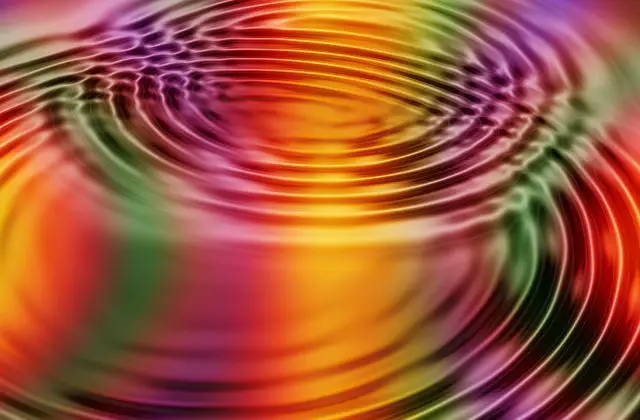Jonathan Dodd’s latest column. Guest opinion articles do not necessarily reflect the views of the publication. Ed
Shapes are strange things. Take a circle, for instance. We can describe it, but it’s isn’t anything, just a representation of a concept. But if we hadn’t conceived of that concept, and more importantly if we had never gained the ability to conceive of things at all, we might have developed in a very different way.
What on earth am I talking about? I’m thinking about the wheel. I’m not sure it was the first circular thing invented by some original man or woman. They might have started with hoops, made from bamboo or willow, tied at both ends with skin stretched inside. Or the original coracles. Or it might have been a toy, the first hoop, for children to roll and chase.
A thing of wonder and beauty
I’m probably going on a flight of fancy here, and there may be whole learned fields of research that explain it far more precisely. But the thing about circles is not just that they made our shiny motor cars possible, and our money, but they are a thing of wonder and beauty as well.

The Sun is circular, as are all planets and stars out there in space. I know there are asteroids that look like chunks of clinker flying through the interplanetary spaces, but they haven’t yet been captured and reformed, by impact or heat, or rubbed away by other asteroids crashing into them. All those craters on the Moon and all that spinning, eventually they’re bound to pummel it into spherical shape.
The eye of a young woman
I rather like these voyages I sometimes go on through the vastness of the soundstage of my mind, where I can create worlds as large as Jupiter or as small as the nucleus of an atom. Our imaginations are also a thing of beauty and wonder. I recently saw a short video on social media, which stated with a camera focused on the eye of a young woman lying on the grass.
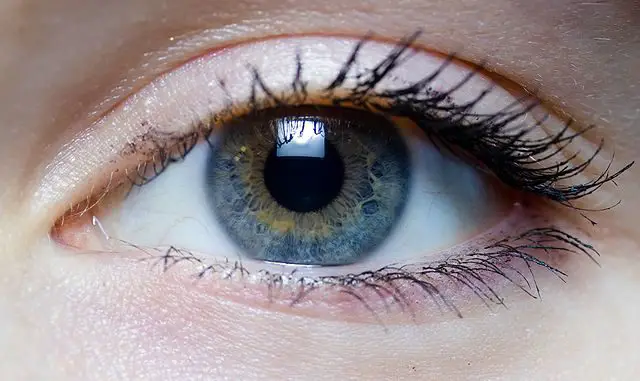
The camera appeared to move steadily away from her at terrific speed, out of the atmosphere, past the Sun and the near and far galaxies to the furthest reaches of what we know about the Universe. Then, magically, it returned to exactly the same spot, to see the Sun reflected in the shiny cornea of her eye.
A boy in a boat on a lake, fishing
I was dazzled by this, but it wasn’t a new concept to me. I remember many years ago when TV showed programmes for children in the afternoons after school, occasionally they showed drawn films from a Canadian National Film Board. My memory doesn’t give me more information than this, and it may be mistaken. One afternoon I watched a cartoon of a boy in a boat on a lake, fishing.
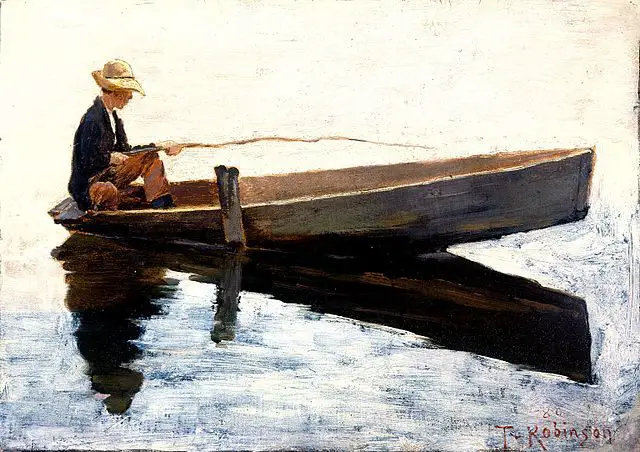
The imaginary camera climbed upwards in the same way, out the solar system, showing the planets spinning round the Sun. But this film didn’t just return to the boy, it went inside him, deep into his innermost core, becoming smaller all the time, until it gazed at the vast space inside an atom, with its nucleus and circling electrons. I have to say that my young mind was entirely blown by that, and I’ve been searching for it ever since, but Google hasn’t found it for me so far. I’d love to see it again.
Circles are everywhere
Circles are everywhere. We have circles of friends, and there’s the Magic Circle, and we speak of wolves or sharks, circling. There’s the mystery of Crop Circles. We love spinning, and Big Wheels and spinning rides at fairgrounds, and bikes and cars and trains, all of which couldn’t exist without circles. We learn about Venn Diagrams at school, and the interesting spaces where they intersect. We drink through straws from cups or glasses or bottles, eat our food on plates that are generally circular. And we indulge rather too much in circular reasoning. Certain dances are circular, and meetings, especially the confessional ones, usually have the chairs arranged in a circle, so nobody stands out.
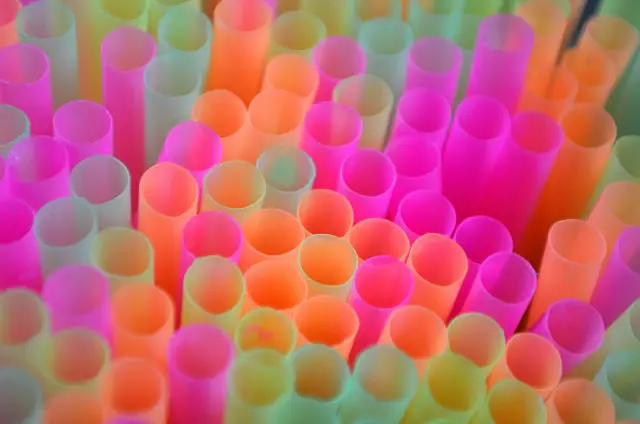
Circles were also important to our remote ancestors. In England, and maybe elsewhere, this would involve creating sacred circles, sometimes with tree trunks dug into the ground, and occasionally involved dragging huge stones and erecting them in specific places, like Stonehenge. Why they did this, and where, has been the subject of innumerable speculation and books.
Weekly trips to the record shop
Our entire history of recorded music has been completely dominated by circles, beginning with cylindrical wax rolls, then records and tapes and CDs, and this has only recently been broken by our ability to digitise the storage of music. I remember my weekly trips to the record shop and leafing through the LPs and studying the information and artwork on the sleeves. I used to love that.
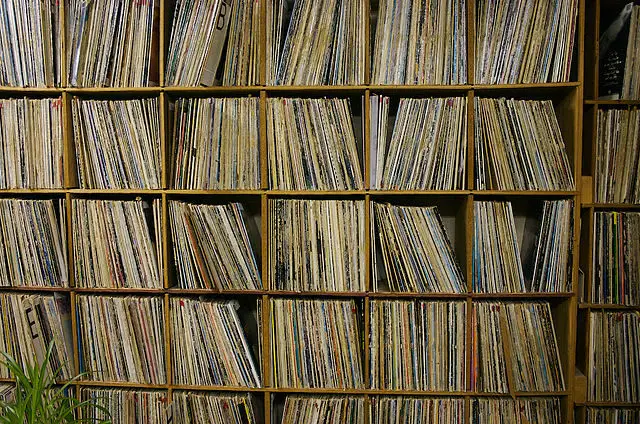
Storing all those heavy LPs was never easy, and you had to look after them, taking them out and replacing them in their inner sleeves and outer sleeves, and there was the constant fear of dropping the needle and scratching the surface, and you had to keep wiping the dust off them, and then there was the terror of lending your precious records to others, who might mistreat them or leave them on the floor, or never return them at all.
The Earth is like an apple, whirling silently in Space
It was all very fraught, but there was something magical about the whole thing. Nowadays, despite the LP being declared completely dead, they’re enjoying a revival. I suspect mostly by people who haven’t been through all that once already. But I may be wrong. There’s a nice circular thing, like fashion constantly reviving and renewing and reimagining items and styles from previous years or generations.
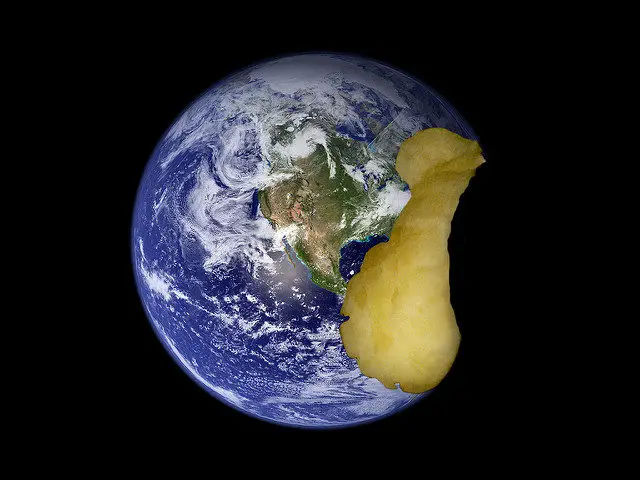
I remember a film called The Thomas Crown Affair, starring Steve McQueen, back in the day, which had a curious theme song, which had absolutely nothing to do with the plot. It was called ‘The Windmills of Your Mind’, and it was sung by Noel Harrison, yes, the son of the actor Rex Harrison. It was all about circles and spinning too, and included the immortal line ‘And the Earth is like an apple, whirling silently in Space’. They really don’t make songs like that any more.
They never invented the wheel
Of course, in those days they just stuck in a song that might become popular and increase sales. They didn’t need a reason. Recently they do it the other way round, and build an entire film around a popular song. They’ve also discovered that you can make biographical musicals featuring the best songs of a singer or songwriter. It makes money, so why not?
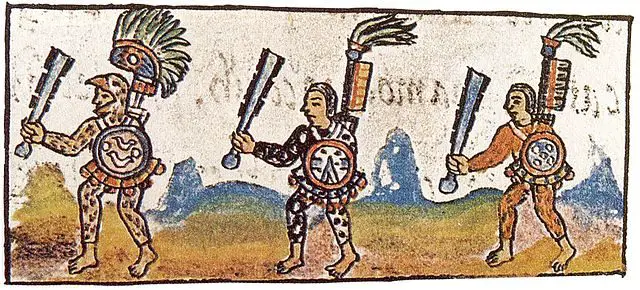
We think of civilisation as being based on circles, and specifically the wheel, and this is true of all the major civilisations that we know about except one. In South America they never invented the wheel, apparently. Communications were based on runners, rather like the old Pony Express in America, but without the ponies. I don’t think they had horses until we crass Europeans blundered in and changed everything. The ancient Greeks must have had horses and chariots like the Romans, but they have many stories of runners, including the granddaddy of them all, the first Marathon, to announce the results of the eponymous battle.
The American flag carrier
Of course, the distance we now run is not the distance between Marathon and Athens, it’s actually the distance between Windsor Castle and the entrance to White City Stadium in 1908, plus one lap of 385 yards, so that the Royal children could watch the start from their nursery and the finish line would be right in front of King Edward VII’s box. It’s rumoured that this was because the importance of the monarchy had to be restored, because the American flag carrier, Ralph Rose, refused to dip his flag to the King. As always, other opinions are available.
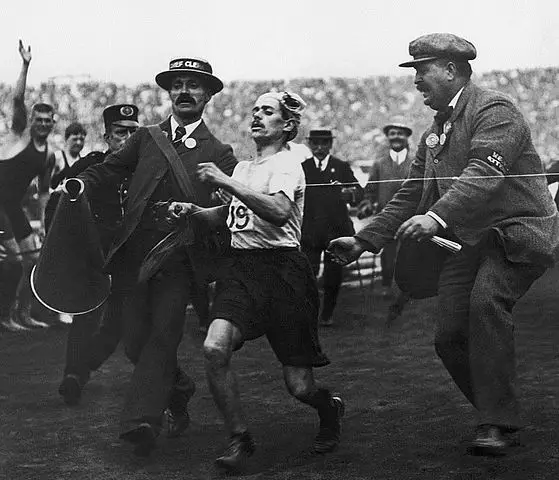
The best thing about circles is that they’re there. Ever since someone’s clever brain drew and named one, they became part of our environment and our culture and they entered every area of our folklore. A circle is a circle, and evermore shall be so. It’s a pure concept, and it can’t be changed or improved on. It is one of those rare things that just is. We don’t get many certainties in this life, and I’m grateful for circles at least, because they never change. There are even five of them in the Olympics symbol.
I like that American flag carrier.
If you have been, thank you for reading this.
Image: geralt under CC BY 2.0
Image: Guy H under CC BY 2.0
Image: Laitr Keiows under CC BY 2.0
Image: Bequest of Mr and Mrs Nevil Ford – The Colby College Museum of Art under CC BY 2.0
Image: George Hodan under CC BY 2.0
Image: Martin under CC BY 2.0
Image: jdhancock under CC BY 2.0
Image: Public Domain
Image: Public Domain

